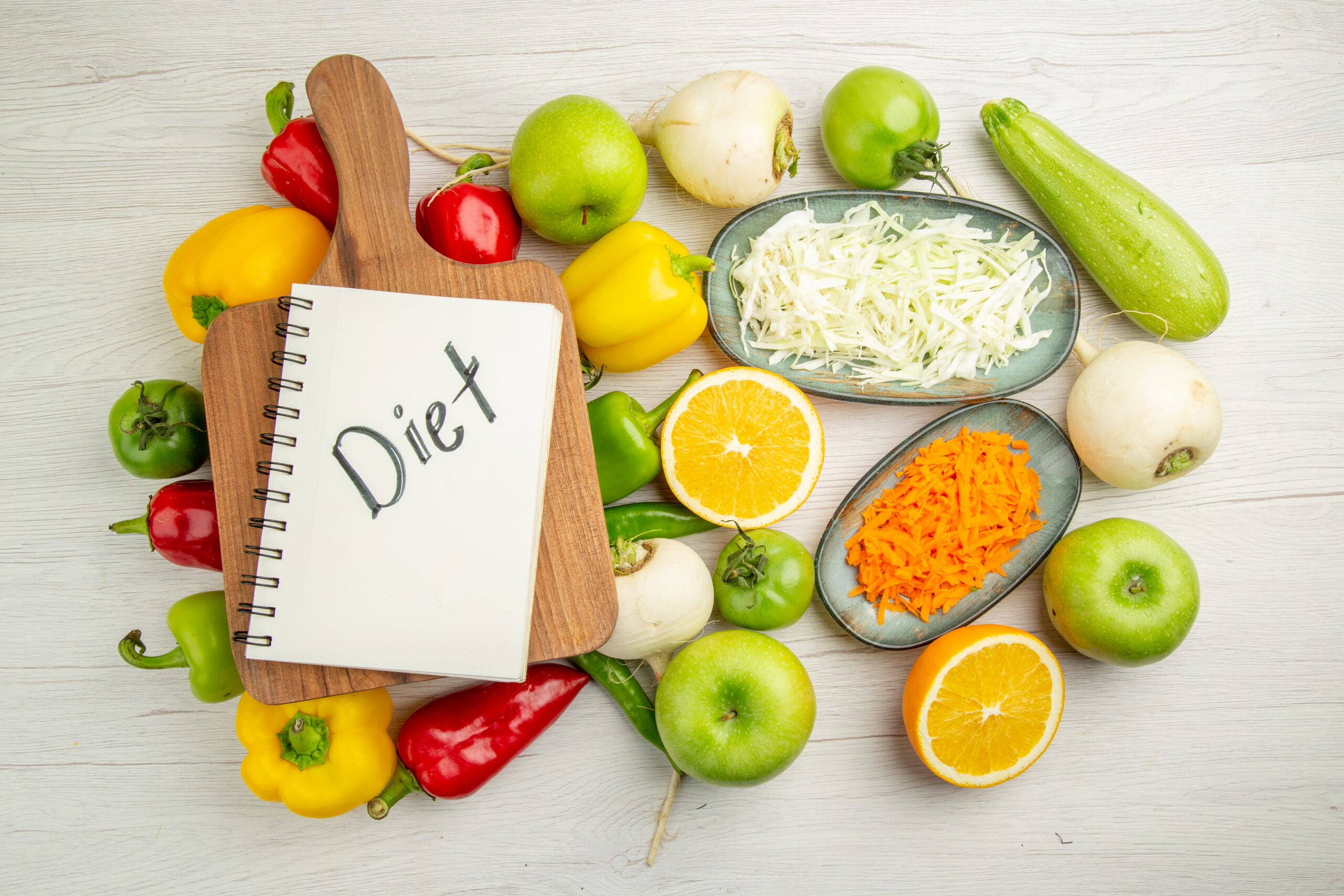If you leave Hypertension unmanaged, it can lead to severe health complications. To name a few,
- Heart Disease
- Stroke
- Kidney Damage
But worry not — adopting a well-balanced diet can help with controlling blood pressure levels.
In this blog, we will explore the Dietary Approaches to Stop Hypertension (DASH) diet. This is a scientifically backed eating plan renowned for its effectiveness in managing hypertension.
Understanding the DASH Diet
The DASH diet is not a fad; it’s a well-researched and widely endorsed approach to combat hypertension.
It was created after conducting extensive studies on the impact of various foods on blood pressure, and primarily promotes a heart-healthy lifestyle by focusing on specific nutrients and food groups.
Key Principles of the DASH Diet
- Emphasize Fruits and Vegetables
The DASH diet is abundant in fruits and vegetables, rich in essential vitamins, minerals, and antioxidants.
They contribute to lowering blood pressure due to their potassium content and ability to counteract sodium’s effects.
- Whole Grains Over Refined Grains
DASH emphasizes the use of whole grains as they provide more fiber. This helps in maintaining steady blood pressure levels.
- Lean Proteins
DASH incorporates lean protein sources—low in saturated fats and cholesterol, that promote heart health—such as:
- Low-Fat Dairy
Low-fat dairy products provide all essential minerals for regulating blood pressure,
- Calcium
- Potassium
- Magnesium
- Limit Sodium Intake
Reducing sodium intake is crucial in managing high blood pressure. DASH recommends lowering salt consumption to enhance its blood pressure-lowering effects.
- Moderate Sweets and Added Sugars
While DASH discourages excessive sugar consumption, it allows for moderate amounts of sweets and added sugars, ensuring a realistic approach to diet management.
Research Supporting the DASH Diet
Numerous studies have confirmed the positive impact of the DASH diet on blood pressure management.
For instance, the original DASH study demonstrated that participants who adhered to the DASH eating plan experienced significant reductions in both systolic and diastolic blood pressure levels.
Moreover, these benefits were evident across various demographic groups, including individuals with hypertension and those with normal blood pressure.
Implementing the DASH Diet
Incorporating the DASH diet into your lifestyle doesn’t have to be overwhelming. Here are some practical steps to get started:
- Gradual Transition
Start by making small changes to your diet, such as adding an extra serving of vegetables or swapping refined grains for whole grains. Gradual adjustments increase the likelihood of long-term adherence.
- Meal Planning
Plan your meals in advance to ensure they align with the DASH diet principles. Create a shopping list that includes a variety of,
- Fruits
- Vegetables
- Whole grains
- Lean proteins
- Low-fat dairy products
- Cook at Home
Preparing meals at home allows you to have better control over ingredients and portion sizes, making it easier to adhere to the DASH diet guidelines.
- Read Labels
Be mindful of food labels to identify hidden sources of sodium and added sugars in packaged foods. Opt for low-sodium or no-added-sugar alternatives whenever possible.
- Seek Support
Sharing experiences and successes can keep you motivated and committed to the plan.
Conclusion
The DASH diet is more than just a diet; it’s a holistic approach to promoting heart health and effectively managing blood pressure.
By embracing the principles of the DASH diet and making healthier food choices, you can take proactive steps towards reducing hypertension risks and achieving overall well-being.

